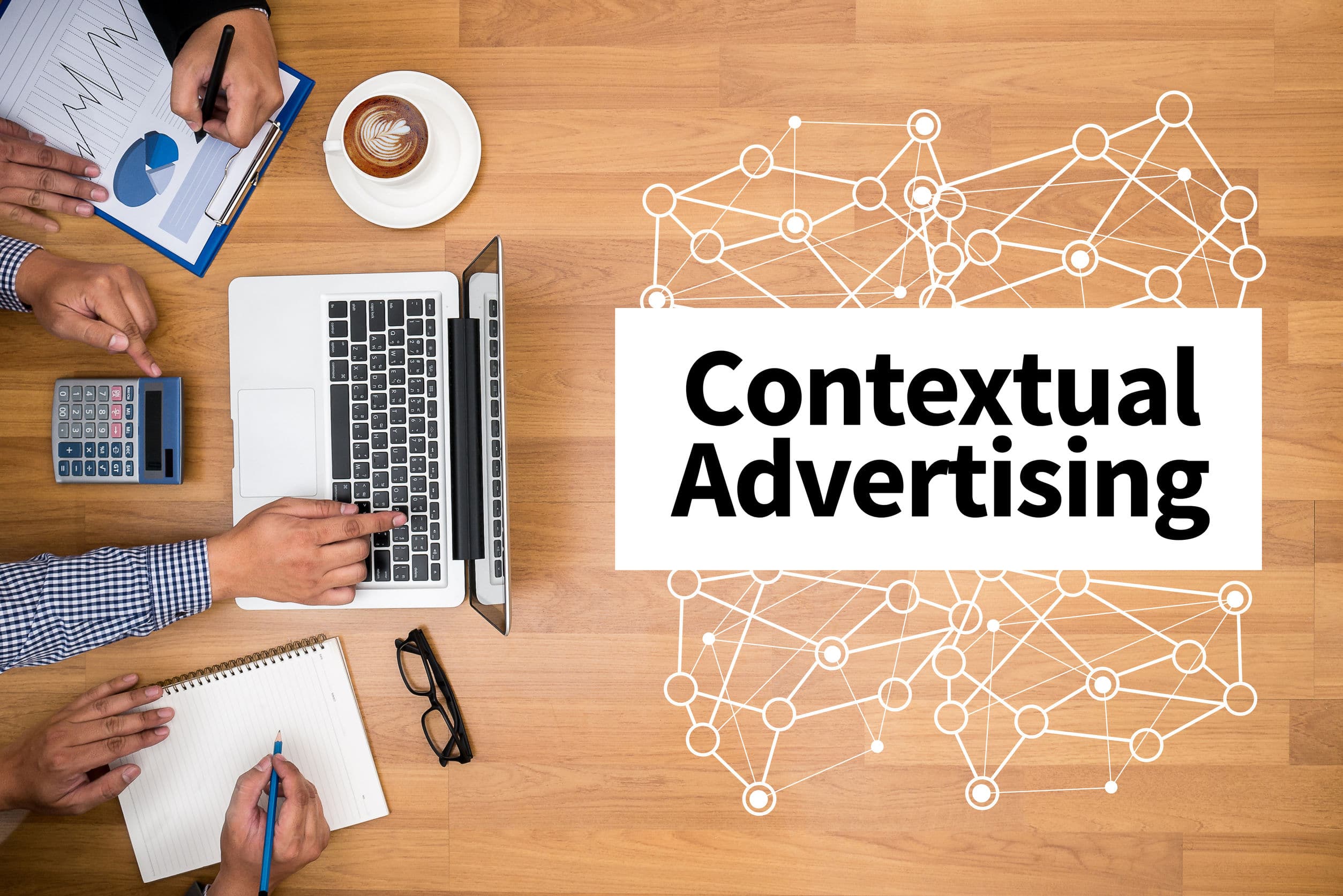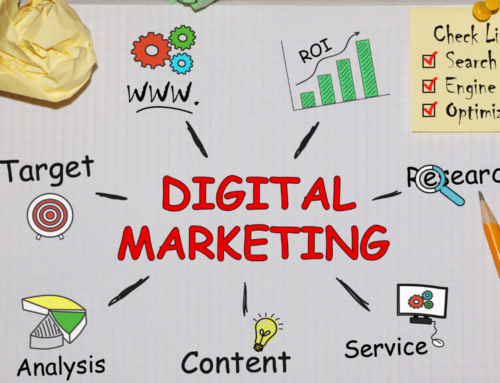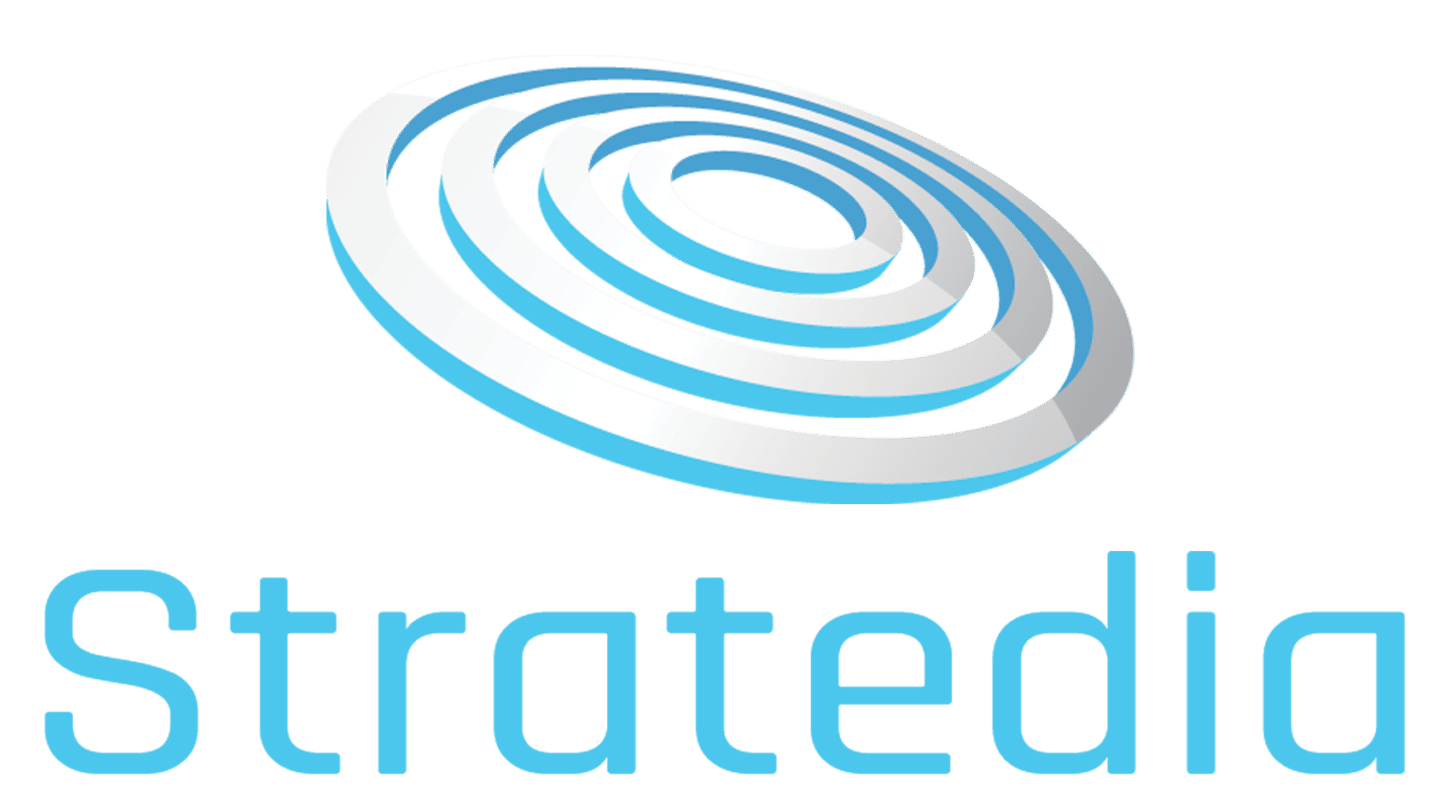
Tracking cookies continues to crumble. Firefox and Safari have already blocked tracking cookies by default, and now Google’s Chrome browser has not only joined the third-party-cookie-blocking fray, but they announced that they will not roll out alternative user-level ad identifiers to replace third-party cookies.
The big question on all our minds is what marketers and advertisers will do without third-party cookies? While change is coming, marketing as we know it will survive without third-party cookies and solutions are already in the oven. And it’s the future of marketing.
Contextual Advertising (and Content) is the New Cookies
What’s old is new again and contextual advertising is back. You shouldn’t expect a decline in ad dollars or a decline in ad traffic, but expect a reallocation and shift of budgets. The next best option to cookies based behavioral targeting is anything keyword or keyword contextual-based advertising. In the past this tactic was discounted by everybody and we started to mov further and further away from keyword targeting, but now we’re going to have to go back to it.
For those unaware, contextual advertising is basically ads that are relevant to the other content on the screen. It’s like beer ads in a bar: go where your customers are. From the average non-marketer consumers’ perspective, contextual ads are more relevant and far less creepy feeling than cookie-based behavioral retargeting.
With contextual targeting, the ads you see are based on the content you are looking at instead of your overall behavior profile.
This shift to contextual targeting will also require focusing on producing and distributing relevant content. Content is the new cookie. This requires more alignment between advertisers and publishers to make it work at scale. One thing that does work is content-as-ads and this mainly due to people hating ads, but they like to be informed and entertained and they appreciate relevant offers while it’s happening.
The tools for contextual keyword advertising are available in Google AdSense. This allows you to place image, video, and text ads on the pages of participating sites online. This also enables you to put dynamic content in front of people who aren’t necessarily searching for you.
From the consumer perspective, contextual ads are way less creepy. They will only see ads that are relevant to the content they are currently consuming, so they are more relevant and in turn, more likely to feel invited to the party.
People-Based Targeting
The shift to mobile has been hampering the effectiveness of cross-device re-marketing for a while now, since most mobile devices and apps don’t accept cookies. This is not to mention that cookies are device-specific, so when someone goes from their work computer to home or switches from desktop to mobile, or even switches between browsers on the same device, the retargeting trail goes cold. This causes trouble with suppression, where you end up wasting money on retargeting people who already converted on their other devices. So this is where people-based advertising comes and bridges the gap.
People-based advertising was first introduced to the marketing world by Facebook. This tactic relies on a unique identifier that is related to the user, and not the device. People-based marketing is defined as a means to create a customer-centric, cohesive marketing system that revolves around customers and their real-time behavioral data. This data, is combined with available first-party brand data, and allows brands to target customers in real-time, across devices and channels. This method also does not rely on third-party cookies to track users or gather data, and allows brands to meet customers in the places and times that they actually want to engage with them.
People-Based Marketing strategy comes down to three key elements:
- Identification
Brands need to identify their customers and connect them correctly to their various devices. The goal is to ensure persistent, cross-device recognition for a single view of the customer. If this single customer journey is not tracked properly, then it can lead to incorrect assumptions about customer behavior, and thereby cause inaccuracies in data that can cause ill-designed marketing campaigns. In order to avoid this, brands must be able to identify their customer across channels and devices. - Data
Brands have a plenty of data on each of their customers: from the initial purchase data to email engagement to device information. The identification-first approach for customer data gives brands an upper-hand of targeting them effectively. Brands should also refer to real-time behavioral data like their device, their interaction with your website, their carts as well as the products and categories they visited while browsing. Linking together these data points allows brands to get a singular view of the customer. - Automation
Instead of relying on cookie-based data, People-Based Marketing automation relies on people-based targeting. It can help brands unlock a singular view of the customer, and then anchoring all of the data to a single source. Brands can then automate and omnichannel marketing approach across all devices under a single cohesive marketing strategy.
There is a big catch here: customer identification and data. In the walled gardens of Google, Amazon, and Facebook, the customer remains logged in within these ecosystems across multiple devices. Not to mention that they have more first-party customer behavioral data at their fingertips than anyone on earth. The feasibility of people-based marketing could be limited for brands that have don’t have adequate first-party data and login information about their customers. There are plenty of technology platforms that allow marketers to resolve identification and behavioral data like purchase data, email engagement, device information, but not everyone will have enough data to make this work on the scale and price point that cookie-based retargeting allowed.
First-Party Data is More Valuable Than Ever
Getting your hands on first-party data is now more important than ever because of the absence of third-party cookies. Facebook, Google, and Amazon have a huge advantage, but smaller brands often still have access to more data than they think. Not to mention that utilizing data from customers who have shown interest in reaching out to you is generally seen as more above-the-board than buying and selling access to third-party consumer data.
One untapped source of first-party customer data might be hiding in your call center. When your customers call you, they are literally telling you what they want and how they talk about it. To feasibly classify customer conversations into useful digital datasets, you need an automated system that can understand what’s being said and accurately derive meaning from it.
GET TO THE TOP!
If you have questions or concerns about setting up your online advertising, give Stratedia a call at 860.415.0430 or visit us online at stratedia.com. We‘re ranked #1 as the top seo company CT by Clutch.co! Let Stratedia help you, GET TO THE TOP!











